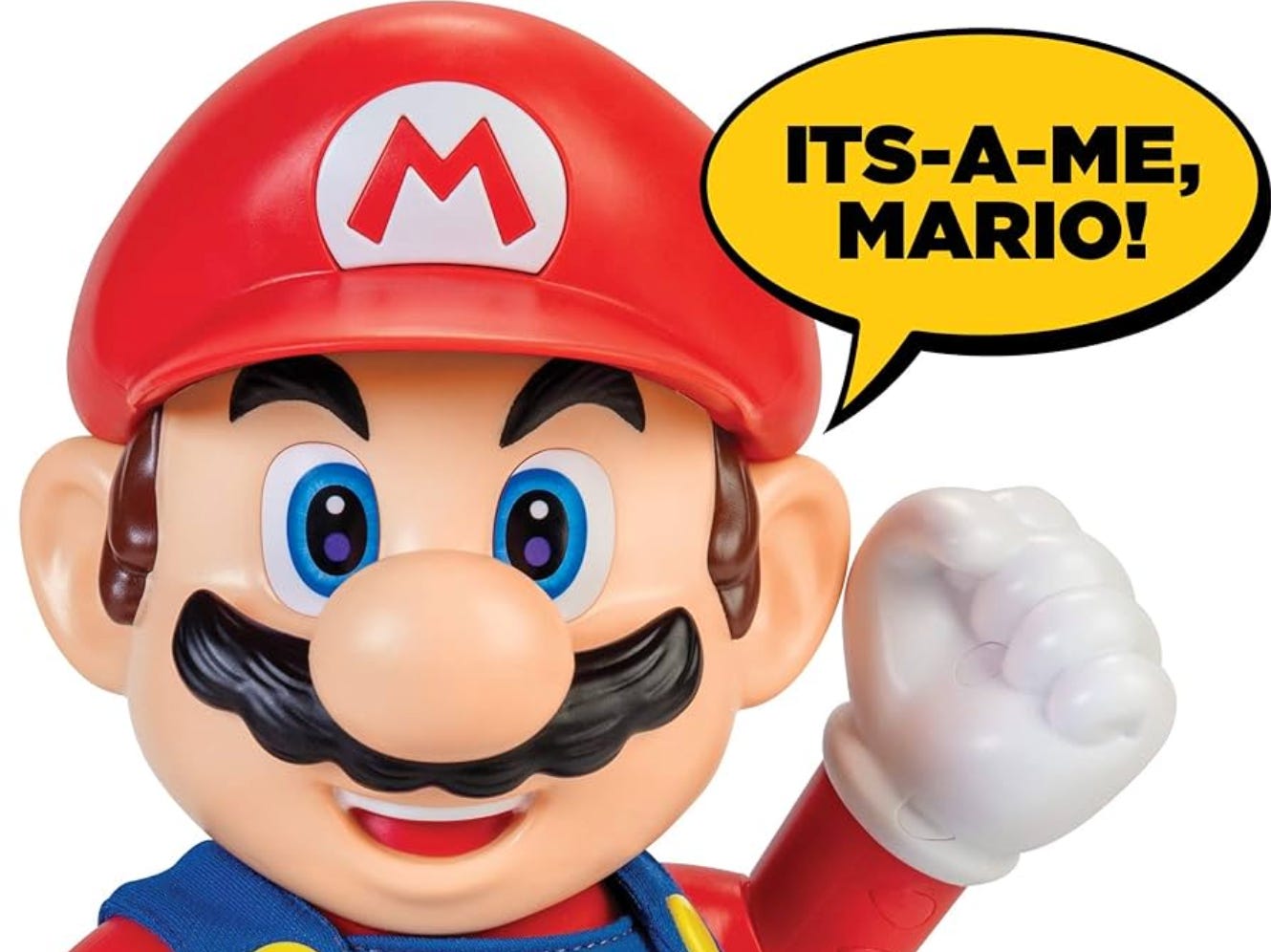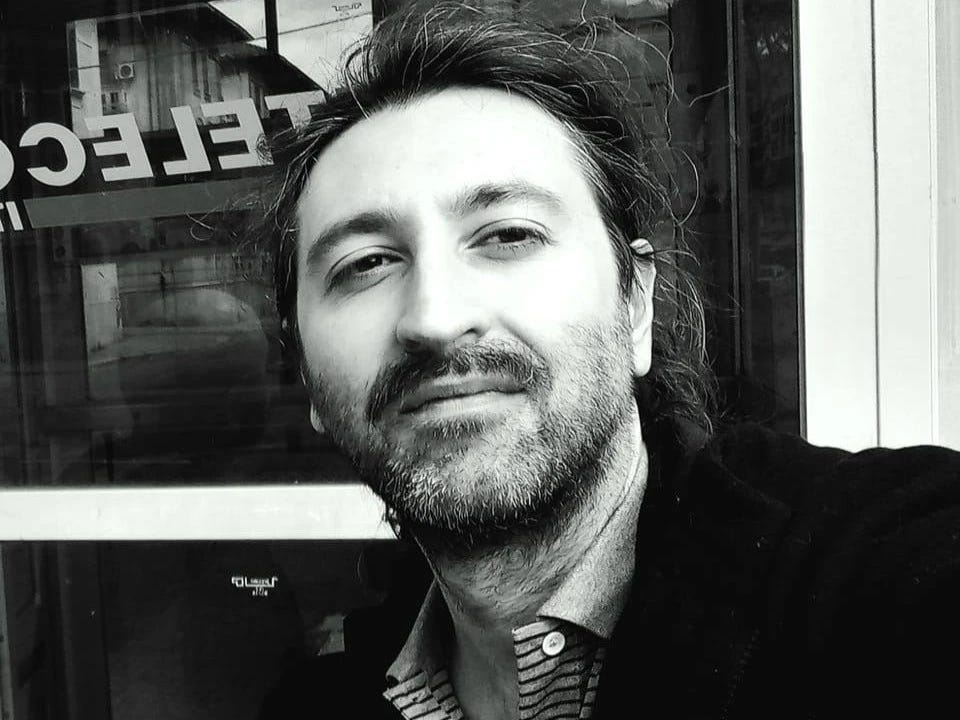Super Mario Turns 40. How an Italian American plumber became a global icon
By our partner 'We the Italians'
Forty years ago, Super Mario Bros. revolutionized global entertainment, turning a mustachioed Italian-American plumber into one of the world’s most beloved pop icons. In celebration of this milestone, We the Italians hosts Professor Marco Benoît Carbone, author of Olive Face, Italian Voice: Constructing Super Mario as an Italian-American (1981–1996)—one of the most complete cultural studies ever written about Nintendo’s hero.
In the interview, Carbone retraces how Shigeru Miyamoto’s creation evolved from a “Mediterranean everyman” in early Japanese games into a distinctly Italian-American figure from Brooklyn, reflecting both Japan’s fascination with Italy and America’s ethnic imagination. He explains how Super Mario’s cheerful “Italo-English” accent—made famous by voice actor Charles Martinet—grew out of long-standing Hollywood and cartoon traditions that turned ethnicity into performance.
Carbone also introduces the concepts of “oliveface” and “olivevoice”, terms that describe how media industries stylize Mediterranean identities through looks and sound—sometimes affectionately, sometimes reductively. Ultimately, Mario’s success lies in his joyful universality: a symbol of play, nostalgia, and optimism, wrapped in a touch of Italian charm that the world continues to love.
👉 Read the full bilingual interview (English & Italian) exclusively on We the Italians.
Quarant’anni fa, Super Mario Bros. cambiava per sempre la storia dell’intrattenimento mondiale, trasformando un idraulico italo-americano con i baffi in una delle icone pop più amate del pianeta. Per celebrare questo anniversario, We the Italians ospita il professor Marco Benoît Carbone, autore di Olive Face, Italian Voice: Constructing Super Mario as an Italian-American (1981–1996), uno dei saggi più completi e originali mai scritti sul personaggio Nintendo.
Nell’intervista, Carbone racconta come l’invenzione di Shigeru Miyamoto sia passata da una figura genericamente “mediterranea” a un vero newyorkese di origini italiane, riflettendo insieme lo sguardo giapponese sull’Italia e l’immaginario etnico americano. Analizza anche la voce di Mario—il celebre “It’s-a me!” di Charles Martinet—nata da una lunga tradizione di accenti “etnici” nel cinema e nei cartoni animati.
Con i concetti di “oliveface” e “olivevoice”, Carbone descrive come i media abbiano costruito nel tempo personaggi mediterranei attraverso cliché visivi e sonori, tra affetto e stereotipo. Eppure, il segreto di Mario sta forse nella sua universalità gioiosa: un’icona che unisce gioco, nostalgia e spirito italiano, simbolo di un’Italia solare che il mondo continua ad amare.
👉 Leggi l’intervista integrale in doppia lingua su We the Italians.



Mario's 40 year journey from a simple plumber character to a global cultural icon really demonstrates the power of consistent quality and innovation. The way Nintendo managed to keep the character fresh across diferent gaming generations while maintaining his core identity is remarkable. It's a masterclass in brand longevity.